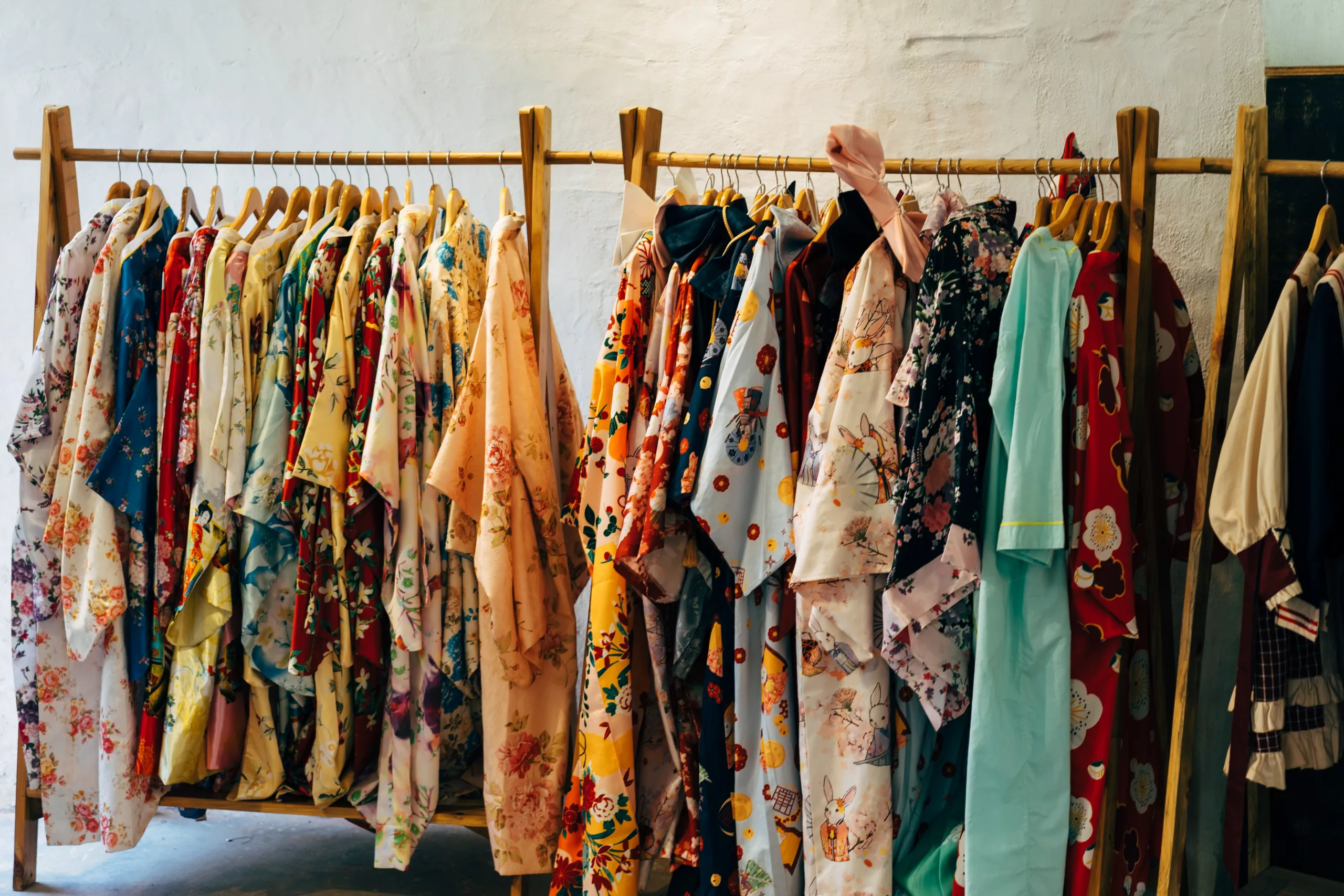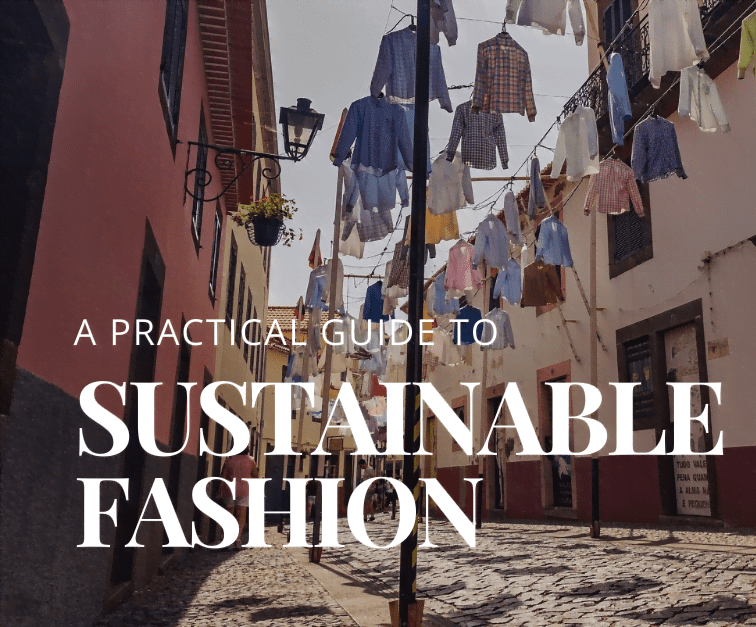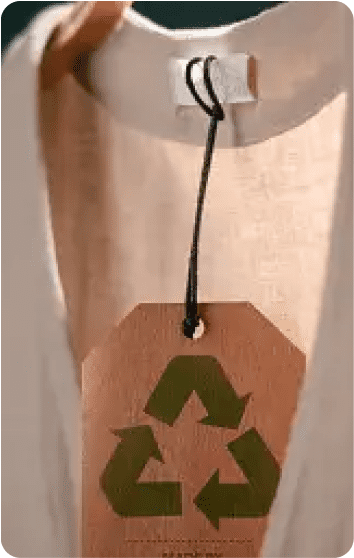In the ever-evolving world of fashion, ShopCider has emerged as a trendy beacon on social media platforms like TikTok, offering the latest styles at competitive prices. But as consumers become increasingly conscious of the environmental and ethical implications of their purchases, one critical question arises: “Is Cider fast fashion?” This question is not just a reflection of curiosity but a probe into the sustainability of ShopCider’s operations.
In this comprehensive exploration, we peel back the layers of ShopCider’s business practices to evaluate their impact on the environment and society. Join us as we dissect the allure of fast fashion, the reality behind sustainability claims, and what it truly means to shop with conscience at ShopCider.
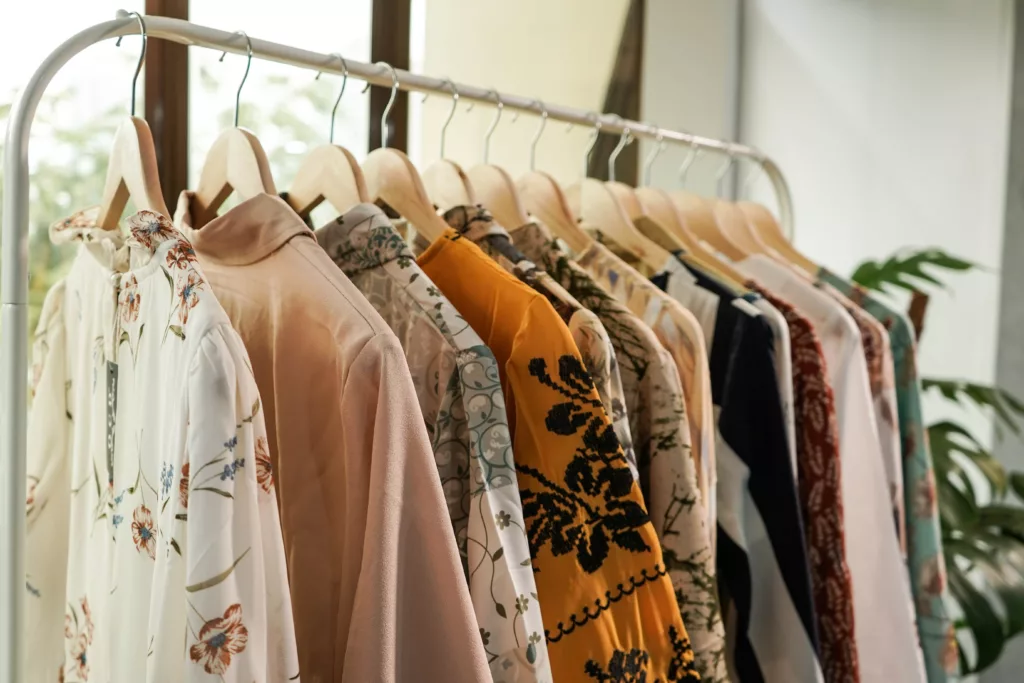
Is ShopCider a Fast Fashion Brand?
Since its origin in 2020 ShopCider, a clothing brand that has gone viral on TikTok for its cute orange sweater, is regarded as your one-stop shop for all things trendy at unbeatable prices! However, behind the facade of stylish designs lies a significant toll, as in the case of any other fast fashion brand despite its sustainability claims.
Sustainable fashion is more than just a buzzword; it’s a critical movement in the textile industry today, demanding responsible manufacturing practices. However, a ShopCider clothing review reveals that true sustainable fashion is achieved only when the entire supply chain upholds sustainability principles.
Thus, we examine ShopCider’s role in ethical fashion, scrutinizing their sustainability claims against the environmental impact of fast fashion.
Unlock Your Savings with Exclusive Offer Coupons
Save big while shopping for sustainable products! Grab your exclusive coupons today!

Textile Industry’s Toll and ShopCider’s Role
Most of the textiles produced today comprise synthetic fabric like polyester. According to a study by Palacios-Mateo et al. published in Springer Open, a leading scientific research journal, two-thirds of all textile fibers are synthetic, and more than fifty percent are made of polyester with an oil base.
Water resources are depleted, rivers and streams are polluted, and 10% of humanity’s carbon emissions come from the fashion industry. In a ‘business-as-usual’ scenario, textile waste generation and corresponding resource consumption and emissions will likely increase by 50% by 2030.
It is estimated that around 98% of all future fibers will be synthetic, 95% of which is expected to be polyester. The production of synthetic polymers is estimated to utilize 98 million tons of oil globally each year which can be used directly as fibers, dyes, and finishes hence dependent on fossil fuel extraction. Every year, 92 million tonnes of clothing either end up in landfills or are burned.
[SmartQuizBuilder id=21][/SmartQuizBuilder]
Cider’s Claims of Sustainability – Are We Talking About Greenwashing Here?
Greenwashing is a marketing spin where the brand uses a lot of time and resources in marketing its aim, products, and policies to be truly sustainable and environmentally friendly when that’s actually not the case. Now that you understand greenwashing let’s examine ShopCider’s sustainability claims to see if they are guilty.

The brand describes itself as “a global fashion brand inspired by the vibrant and diverse street styles”, offering you the cutest, prettiest trendy outfits you might have spotted on your favorite influencers.
Cider claims to operate on a “smart fashion” model, only producing what will sell by basing their new collection release on real-time customer feedback. Thus enabling them to deliver fashion quickly, at less cost, and while generating less waste, unlike traditional clothing manufacturing.
The brand states they are ‘committed to decreasing their environmental impact’ by using biodegradable packaging and creating clothes with recycled fabric. They also require their suppliers to undergo an Environment, Social, and Governance (ESG) assessment.
The claims made need more specific details and clarity. For example, it’s unclear how much less waste is produced compared to traditional manufacturers. Additionally, if the model is based on “smart fashion,” it’s not clear how they can deliver quickly since it seems more like a made-to-order system. It’s also worth noting that despite the brand’s high revenue, they only highlight a few sustainability claims. It would be helpful to see data that supports these claims, as well as make their ESG Report public for more transparency. Overall, there is a need for more specific information and transparency to back up these claims.
ShopCider’s Accountability in Fast Fashion
It’s time to hold ShopCider accountable for its sustainability claims and environmental impact. In this section, we peel back the layers of the fast fashion phenomenon and delve into the consequences that lurk beneath the surface.
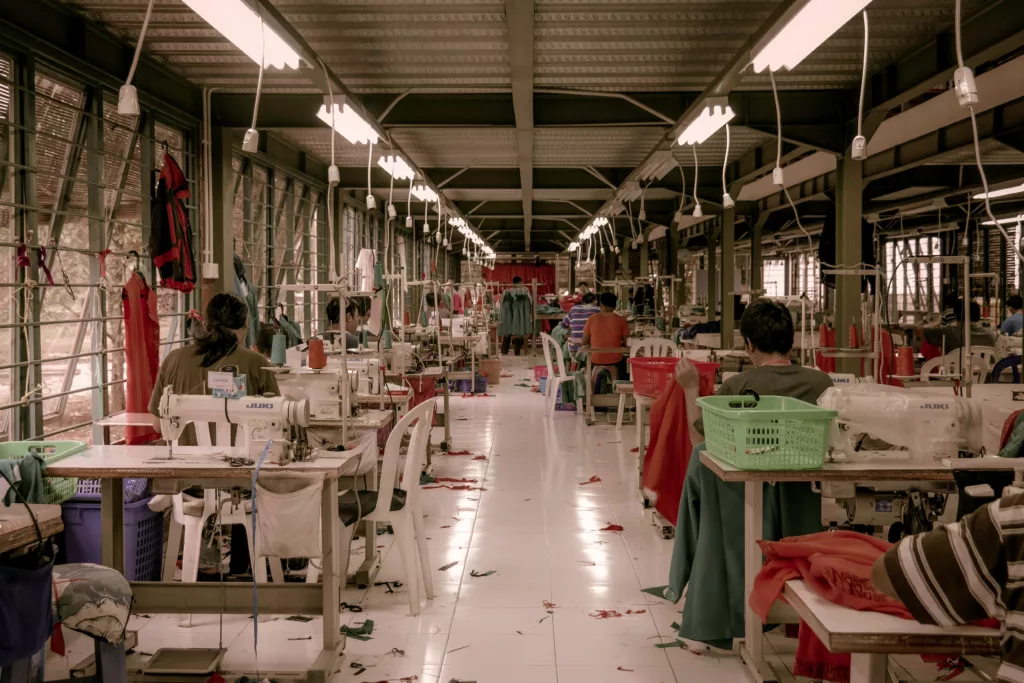
- ShopCider in the Fast Fashion World
As the names suggest, fast fashion is the rapid production of cheap and usually low-quality clothing that moves quickly from design to production. New collections are released continuously, and there are daily curations of the collection according to the mood, like this – Pick a Mood column on ShopCiders Website. The global market for cheap goods and new trends is expanding as customers buy more clothing, which negatively impacts the environment.
ShopCider, operating within this model, caters to fashion-conscious consumers seeking affordable and trendy clothing options. However, the consequences of fast fashion extend beyond the racks and dressing rooms, with severe environmental ramifications.
- ShopCider’s Environmental Footprint
The fashion and textile industry is criticized worldwide for its detrimental environmental Impact, increased resource consumption, waste generation, and GHG emissions. It is also shown to have significant health impacts on workers and the general public as it uses a wide range of hazardous dyes and chemicals for processing, with the prevalence of respiratory diseases and allergies among factory workers.
In a report published by the World Resource Institute and data fetched from the Higg, the Sustainable Apparel Coalition (SAC), and Textile Exchange, the apparel industry emitted an estimated 1.025 gigatons of carbon dioxide equivalent in the year 2019, which accounts for 2% of the global GHG emissions. Furthermore, this number is set to increase to 1.588 gigatons by 2030.
Did you know that people buy around 56 million tonnes of clothing every year worldwide? This number is expected to rise to 93 million tonnes by 2030 and a staggering 160 million tonnes by 2050. Sadly, only 12% of the materials used to create clothing are recycled.
- Labor and Social Impact at ShopCider
Around 75 million factory workers worldwide are employed by the fast fashion industry, but only 2% earn a living wage.
ShopCider has no specifics about its factories, locations, and workforce on its website. The only information you can get from their website is, “We’ve built from the bottom up since day 1, fueled by young talent all over the world connected by our passion for making clothes you’ll love. Our diverse team works across 14 countries, 11 languages, and is majority women/women-identifying both for the company overall and leadership roles.”
Again, there is no factual information or data available to validate anything. Fast fashion is attributed mainly to cheap and exploitative labor that makes it possible to avail such incredibly affordable clothing options. Workers within the supply chain often face low wages, excessive working hours, and limited rights and protection.
For this reason, many brands usually choose to have minimal control over each step of their supply chain. They are eager to move production to countries like China, Bangladesh, Vietnam, and India to avoid enormous legal liabilities.
Thus compromising human rights and perpetuating a cycle of poverty and social injustice while having vast negative environmental Impacts.
- The Recycle Collection of ShopCider
ShopCider has a clothing collection made of recycled fabric, stating that “sustainable fashion should be accessible, not exclusive”. But what difference do you think a collection of a few hundred clothing items will have compared to endless other freshly manufactured items?
Plus, according to research, only 20% of the textiles are collected globally for recycling and reuse; from this 20%, only a tiny percentage is recycled. Textile recycling faces many challenges, resulting in only a small amount being recycled.
The claim here is again a little contradictory when talking about the current global scenario and facts and figures from top institutions about clothing recycling. And there needs to be actual data on how much is recycled, the origin of this recycled fabric, and where the manufacturing is taking place.
- ShopCider’s Packaging: Truly Sustainable?
The use of biodegradable plastic bags for packaging by ShopCider raises questions about their actual environmental impact. Research indicates that the degradation of biodegradable formulations can vary in different environments, making it unclear how quickly they break down. Furthermore, even after breaking down, they can contribute to the problem of microplastic pollution, which is harmful to the environment. Considering these factors, it is doubtful that simply adopting better disposable bags will be sufficient to save the Earth. It is important to recognize that the solution to environmental challenges extends beyond relying on improved disposable bags.
Before mass-producing biodegradable and compostable alternatives for all single-use products, it is essential to consider a critical detail: infinite growth on a finite planet is impossible, whether it involves consuming 100,000 plastic bags or 100,000 biodegradable bags. Until more research provides concrete results, it is always better to prioritize carrying reusable bags. This approach promotes sustainability and responsible practices.

Behind ShopCider’s Zero-Tolerance Policy
Cider has an elaborate zero-tolerance policy.
They require their suppliers to undergo an Environment, Social, and Governance assessment. But where is the report published? Is it made public by the company?
Cider seems to be doing everything right by the law, and their commitment to environmental protection and workers’ safety is at par. But how valid are these claims? The supply chain needs more transparency and to provide actual data to the public.
Are There Possible Interventions for Sustainability in the Clothing Value Chain that Make a Difference?!
Some of the suggestions for the companies are here.
Recognize influences and dependencies – The first step in creating plans for sustainable operation is understanding how your business depends on and affects biodiversity. Apparel companies can be guided to identify, value, and measure their effect and reliance on natural capital with the help of tools like the Natural Capital Protocol.
Invest in sustainable farming – Regenerative farming techniques use less water and chemicals.
Engage trustworthy vendors who adhere to established, vetted sustainability criteria.
Be a leader in the zero-waste movement – Limiting overproduction is one of the main ways the fashion industry can support biodiversity. According to McKinsey, manufacturing companies typically create around 20% more than they require. As a result, about 25% of this textile waste is never worn and ends up in landfills or is burned.
Inform your customers – Launch informational campaigns and offer incentives to encourage people to choose sustainably. Also, brands can instruct customers on caring for their clothes to extend their lifespan. Be completely transparent about the whole supply chain in possible cases.
How Can You Promote Sustainable Consumption and Responsible Practices?
Wearing your sustainability mindset with style, it’s time to step up and become a champion of responsible fashion consumption! In this section, we’ll explore practical ways you can make a positive impact on the planet by promoting sustainable consumption and embracing responsible practices.
- Encourage purchasing durable goods and high-quality textiles, emphasizing the importance of investigating the product, its raw materials, and its origin.
- Assess the business’s practices, ensuring ethical sourcing of materials and avoiding any involvement in human rights violations or labor exploitation.
- Advocate for shopping second-hand, promoting the reuse of pre-owned items, and reducing waste.
- Foster mindfulness when doing laundry by selecting appropriate cycles, using energy-efficient settings, and opting for eco-friendly detergents.
- Place small bags in the washing machine to collect lint, preventing it from entering the water system and causing pollution.
- Encourage repair and finding alternate uses for items before considering disposal, reducing unnecessary waste.
- Emphasize the importance of recycling whenever possible, promoting responsible waste management practices to minimize environmental impact.
Final Word!
ShopCider operates within the fast fashion model, which has significant environmental and social impacts. Their sustainability claims lack transparency and specific data, raising doubts about their effectiveness. The textile industry’s contribution to water depletion, pollution, and carbon emissions is a concern.
ShopCider’s lack of information about factories and the workforce raises questions about labor conditions. While they promote recycled fabric and biodegradable packaging, their impact and scale remain unclear. ShopCider needs to provide more transparency, and concrete data, and address the negative impacts of fast fashion. Also, consumers can make a difference by choosing sustainable options and practicing responsible consumption.
Be a sustainable champion! Choose sustainable options when you go shopping, and rest easy knowing that your choices contribute to making the world a better place. Join the eco-revolution! Discover sustainable solutions and make a positive impact. Shop Ecowiser now and embrace a greener lifestyle!
Want to read more like this?
Get similar stories and a free sustainability checklist delivered to your inbox.

Like our content?
Get similar stories and a free sustainability checklist delivered to your inbox.


